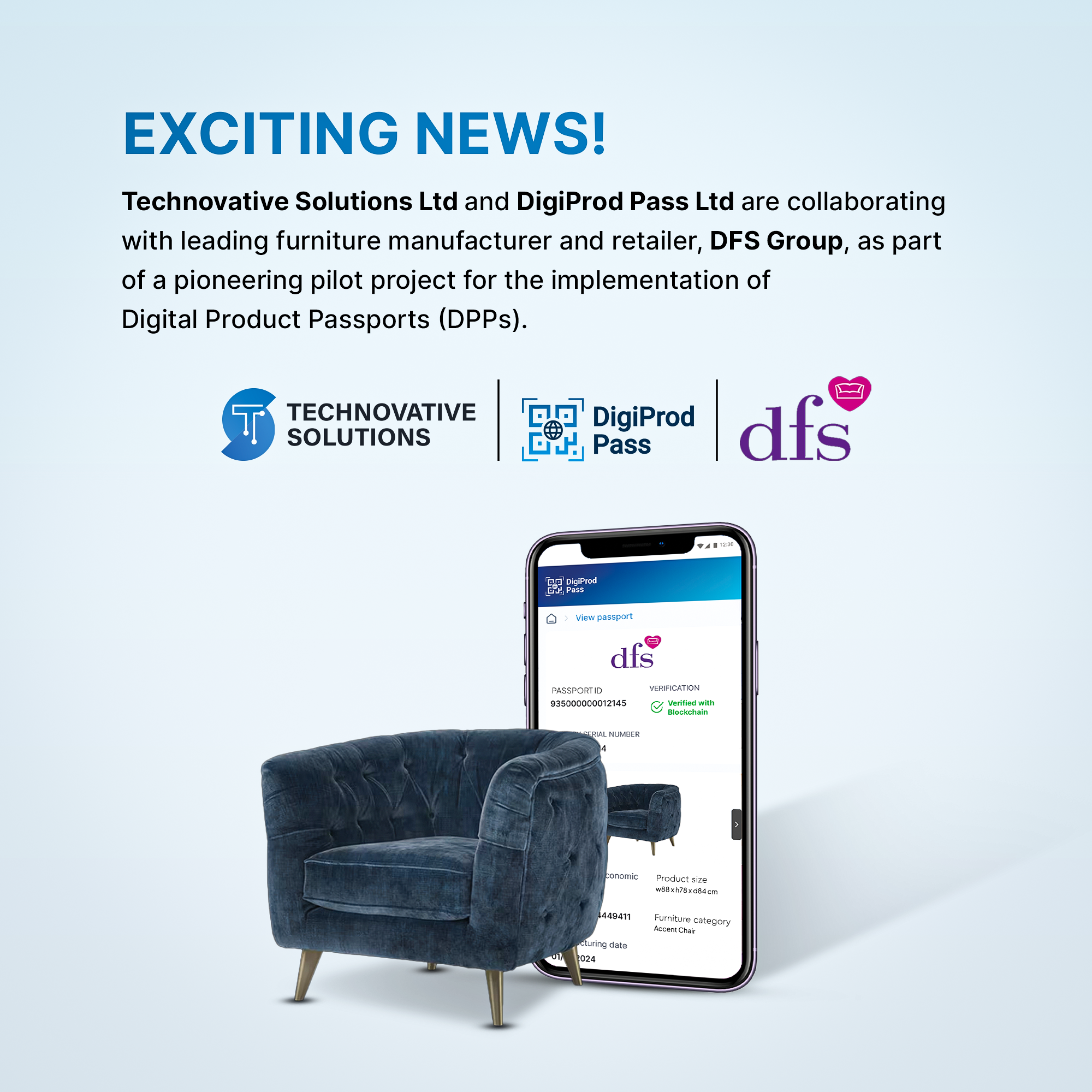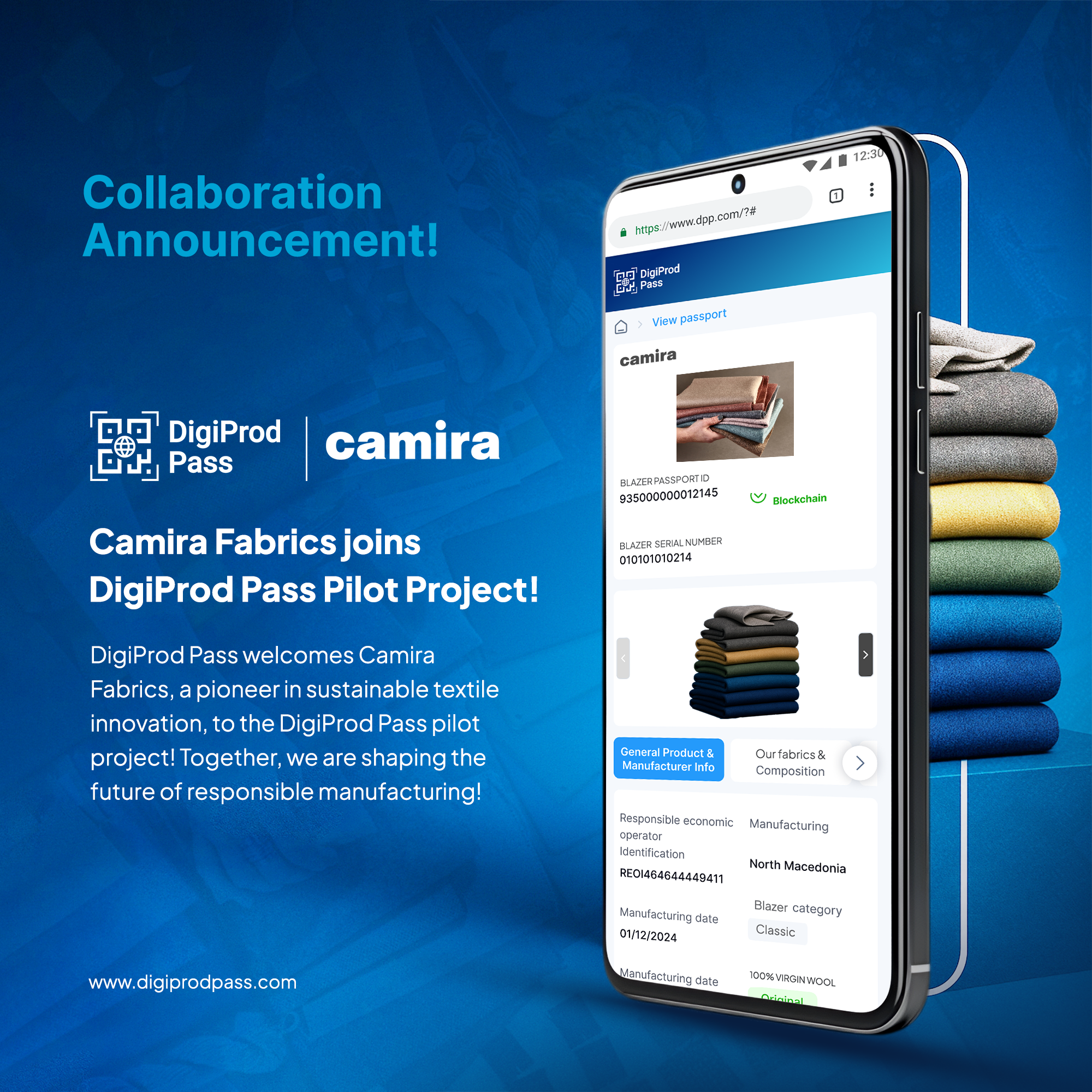Digital Circularity: The Future of Supply Chains
Digital Circularity: The Future of Supply Chains
When circularity meets digitalisation, a new era of sustainable supply chains unfolds. Digital Circularity: The Future of Supply Chains lies in the integration of circular economy principles and advanced digital technologies. Sustainable and transparent supply chains are emerging through connected sensors, clear lifecycle tracking, modular design, and solid predictive data—offering real-time visibility, better returns, and improved ECO-FRIENDLINESS.
Using verifiable data from the Digital Product Passport, stakeholders can rely on the process more confidently. Besides supporting closed-loop systems, it’s now easier to reduce waste and conserve materials. Thus, a resilient supply chain is tailored with longevity, accountability, and sustainability
How Digital Circularity Impacts Supply Chain Sustainability
Digitalisation impacts supply chain sustainability by ensuring a transparent and clear vision. The use of the Digital Product Passport keeps track of physical products with digital records. As a result, the use and status of the material are easy to trace, which leads to zero waste.
Cloud control towers act like a central hub, keeping an eye on all deliveries and returns by gathering information from every partner involved. Then, with digital twins, we can try out different scenarios in a virtual space, like disassembling a product or repairing it. All this technology lays the groundwork for a more circular way of handling logistics.
Digital Product Passport for Circular Economy
Digital Product Passports are becoming a staple since the EU is concentrating on the Ecodesign for Sustainable Products Regulation (ESPR). These digital passports are remarkable!
These passports store all sorts of info about a product, like where its materials come from, how long it will last, if you can take it apart, and what happens to it at the end of its life. You can just scan a QR code or tap your phone with NFC to get all that. There are industry groups that are using R-Cycle and the Circularity ID system in the plastic and fashion industries that use the Digital Product Passport to track and maintain data for recycling products. For instance, Maersk has this “cradle-to-cradle” passport for their ships, and SSAB uses “SmartSteel” for their steel.
Lifecycle Insight and Optimisation Engines
With the use of the lifecycle assessment tools, it is possible to quantify how certain production impacts the environment. Moreover, advanced analytics makes it easier to interpret the patterns of consumption and return. As a result, accurate forecasting as well as efficient reverse logistics is done.
AI, sensors, and robots enhance the sorting system that can identify the recoverable from the leftovers. This increases recycling rates, reduces landfill waste, and fosters a circular economy.
Designing for Sustainability and Modularity
When designing products, keeping the “Product Design for Circularity and Manufacturability” (PDfCM) in preference right from the start helps us build in circular economy ideas. This makes it much easier to fix, upgrade, or even reclaim materials later on. Additionally, structured systems can encourage designers to choose sustainable materials that are easy to replace and recycle. Thus, we produce less waste but reuse products more.
Final Thoughts
There is a new nation of supply chain emerging, driven by circularity and digital technologies. These next-generation networks prioritise waste reduction, emissions control, and stakeholder transparency. Businesses can achieve measurable sustainability and strategic value by adopting digital product passports, modular design, real-time insights, and collaborative ecosystems. Therefore, a transformation of supply chains into regenerative systems is happening.
Related News
Follow us
When circularity meets digitalisation, a new era of sustainable supply chains unfolds. Digital Circularity: The Future of Supply Chains lies in the integration of circular economy principles and advanced digital technologies. Sustainable and transparent supply chains are emerging through connected sensors, clear lifecycle tracking, modular design, and solid predictive data—offering real-time visibility, better returns, and improved ECO-FRIENDLINESS.
Using verifiable data from the Digital Product Passport, stakeholders can rely on the process more confidently. Besides supporting closed-loop systems, it’s now easier to reduce waste and conserve materials. Thus, a resilient supply chain is tailored with longevity, accountability, and sustainability
How Digital Circularity Impacts Supply Chain Sustainability
Digitalisation impacts supply chain sustainability by ensuring a transparent and clear vision. The use of the Digital Product Passport keeps track of physical products with digital records. As a result, the use and status of the material are easy to trace, which leads to zero waste.
Cloud control towers act like a central hub, keeping an eye on all deliveries and returns by gathering information from every partner involved. Then, with digital twins, we can try out different scenarios in a virtual space, like disassembling a product or repairing it. All this technology lays the groundwork for a more circular way of handling logistics.
Digital Product Passport for Circular Economy
Digital Product Passports are becoming a staple since the EU is concentrating on the Ecodesign for Sustainable Products Regulation (ESPR). These digital passports are remarkable!
These passports store all sorts of info about a product, like where its materials come from, how long it will last, if you can take it apart, and what happens to it at the end of its life. You can just scan a QR code or tap your phone with NFC to get all that. There are industry groups that are using R-Cycle and the Circularity ID system in the plastic and fashion industries that use the Digital Product Passport to track and maintain data for recycling products. For instance, Maersk has this “cradle-to-cradle” passport for their ships, and SSAB uses “SmartSteel” for their steel.
Lifecycle Insight and Optimisation Engines
With the use of the lifecycle assessment tools, it is possible to quantify how certain production impacts the environment. Moreover, advanced analytics makes it easier to interpret the patterns of consumption and return. As a result, accurate forecasting as well as efficient reverse logistics is done.
AI, sensors, and robots enhance the sorting system that can identify the recoverable from the leftovers. This increases recycling rates, reduces landfill waste, and fosters a circular economy.
Designing for Sustainability and Modularity
When designing products, keeping the “Product Design for Circularity and Manufacturability” (PDfCM) in preference right from the start helps us build in circular economy ideas. This makes it much easier to fix, upgrade, or even reclaim materials later on. Additionally, structured systems can encourage designers to choose sustainable materials that are easy to replace and recycle. Thus, we produce less waste but reuse products more.
Final Thoughts
There is a new nation of supply chain emerging, driven by circularity and digital technologies. These next-generation networks prioritise waste reduction, emissions control, and stakeholder transparency. Businesses can achieve measurable sustainability and strategic value by adopting digital product passports, modular design, real-time insights, and collaborative ecosystems. Therefore, a transformation of supply chains into regenerative systems is happening.
Related News
All Catagories
Follow us



